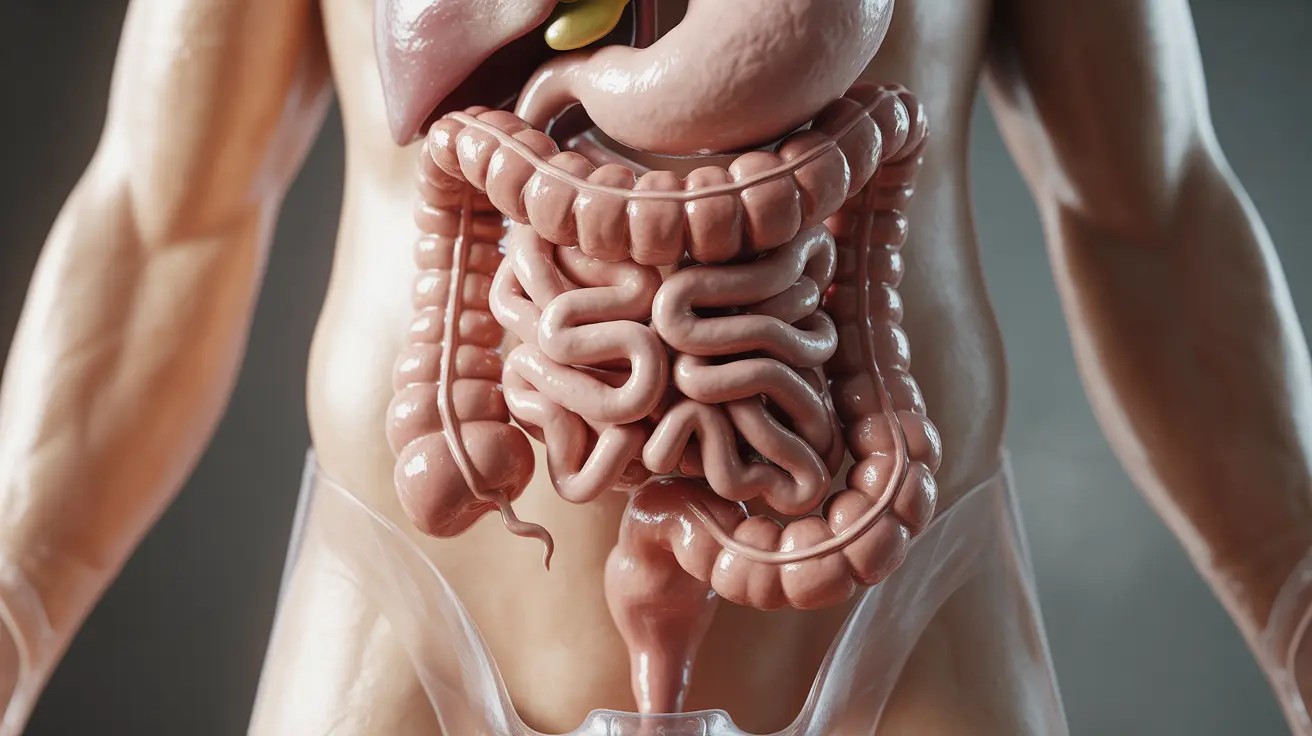Secondary amenorrhea occurs when a woman who previously had regular menstrual periods stops menstruating for three or more consecutive months. This condition can significantly impact a woman's reproductive health and overall well-being, making it crucial to understand its causes, diagnosis, and available treatments.
While missing a period occasionally might not be cause for immediate concern, persistent absence of menstruation requires medical attention to identify and address underlying causes. Understanding secondary amenorrhea is essential for proper management and preventing potential long-term health complications.
Common Causes of Secondary Amenorrhea
Several factors can contribute to the development of secondary amenorrhea:
Hormonal Imbalances
Hormonal disruptions often play a central role in secondary amenorrhea. These can stem from conditions such as polycystic ovary syndrome (PCOS), thyroid disorders, or problems with the pituitary gland. Each of these conditions affects the delicate balance of hormones necessary for regular menstruation.
Pregnancy and Related Conditions
Pregnancy is the most common natural cause of missed periods. Other pregnancy-related conditions, such as breastfeeding, can also temporarily stop menstruation through a process called lactational amenorrhea.
Lifestyle Factors
Various lifestyle elements can trigger secondary amenorrhea, including:
- Excessive exercise or athletic training
- Significant weight loss or gain
- Eating disorders
- Chronic stress
- Poor nutrition
Diagnosis and Testing Procedures
Healthcare providers typically follow a comprehensive diagnostic approach to identify the underlying cause of secondary amenorrhea:
Initial Evaluation
The diagnostic process usually begins with:
- Detailed medical history review
- Physical examination
- Pregnancy test
- Discussion of lifestyle factors and recent changes
Laboratory Tests
Common diagnostic tests may include:
- Hormone level measurements
- Thyroid function tests
- Prolactin level assessment
- Blood tests to check overall health status
Treatment Approaches
Treatment for secondary amenorrhea varies depending on the underlying cause:
Hormonal Treatments
Hormone therapy might be prescribed to:
- Regulate menstrual cycles
- Address underlying hormonal imbalances
- Protect bone health
- Manage PCOS symptoms
Lifestyle Modifications
Important lifestyle changes may include:
- Maintaining a healthy weight
- Moderating exercise intensity
- Managing stress levels
- Ensuring proper nutrition
Prevention and Management
Preventing secondary amenorrhea often involves maintaining healthy lifestyle habits and regular medical check-ups. Key preventive measures include balanced nutrition, appropriate exercise levels, and stress management techniques.
Health Implications
Untreated secondary amenorrhea can lead to several health complications, including:
- Increased risk of bone density loss
- Fertility challenges
- Cardiovascular health issues
- Emotional and psychological impacts
Frequently Asked Questions
What are the most common causes of secondary amenorrhea in women who previously had regular periods? The most common causes include pregnancy, hormonal imbalances (such as PCOS), thyroid disorders, significant weight changes, excessive exercise, and stress. Certain medications and medical treatments can also lead to secondary amenorrhea.
How is secondary amenorrhea diagnosed and what tests are typically performed? Diagnosis typically involves a comprehensive medical history, physical examination, pregnancy test, and various blood tests to check hormone levels. Additional testing may include thyroid function tests, imaging studies, and other specialized hormone assessments.
What treatment options are available for managing secondary amenorrhea caused by hormonal imbalances or PCOS? Treatment options include hormone therapy, lifestyle modifications, and medications specific to underlying conditions like PCOS. The approach is tailored to the individual cause and may combine multiple treatment strategies.
Can lifestyle factors like weight changes, stress, or exercise lead to secondary amenorrhea and how can it be prevented? Yes, these lifestyle factors can significantly impact menstruation. Prevention involves maintaining a healthy weight, managing stress levels, avoiding excessive exercise, and ensuring proper nutrition. Regular medical check-ups can help identify potential issues early.
What are the potential health complications if secondary amenorrhea is left untreated? Untreated secondary amenorrhea can lead to decreased bone density, fertility problems, increased risk of cardiovascular issues, and emotional health challenges. The specific complications depend on the underlying cause and duration of the condition.




